How to Make Beef Gravy From Pan Drippings
Every editorial product is independently selected, though we may be compensated or receive an affiliate commission if you buy something through our links. Ratings and prices are accurate and items are in stock as of time of publication.
Want to make the best gravy? Learn how to make gravy from pan drippings.
When it comes to making homemade gravy, the process can be as simple or as complicated as you like. You can employ time-saving tips like using cornstarch or make-ahead roux to speed up the process, or you can labor over your gravy for hours to coax out maximum flavor.
We're all about finding that middle ground to create the most delicious gravy without expending too much effort, so we explored several different gravy-making techniques. What did we learn? The best gravy is made in the roasting pan, saving both time and dishes while maximizing flavor. Read on to learn how to make gravy from pan drippings.
Ingredients in Pan Gravy
Pan gravy is similar to any other gravy recipe with one major distinction: It uses the pan drippings from roasted meat as an ingredient. These drippings are infused with rich flavor, adding a depth to pan gravy that's missing from gravy made with broth alone. It's also possible to make this gravy in the roasting pan, so you don't have to dirty a separate saucepan.
To make pan gravy, you'll need a thickener (cornstarch or flour and butter), pan drippings, chicken broth and any other desired seasonings and aromatics (like garlic, wine or fresh herbs). We also recommend using a fine-mesh strainer to remove the drippings after the gravy comes together.
How to Make Gravy From Pan Drippings
Step 1: Prepare the pan drippings

Remove the roasted meat from the roasting pan and pour the drippings into a measuring cup. You'll notice the fat from the drippings will rise to the top, and you'll want to skim it off to prevent a slick, greasy gravy. You can use a spoon to remove the fat, but we like using a fat separator with a bottom release to make the process super easy.
Step 2: Make a roux

You can certainly thicken your pan dripping gravy with cornstarch, but our preferred method for making gravy uses a roux. For a medium-bodied sauce like gravy, you'll want to start by heating 2 tablespoons of butter over medium-high heat (or, use 2 tablespoons of the fat from the pan drippings). If you feel comfortable straddling the roasting pan over two burners, you can use the roasting pan to melt the butter. Otherwise, you can start the roux in a small saucepan.
When the butter is melted, reduce the heat to medium and add 2 tablespoons of flour. Cook for about five minutes, whisking continuously until the roux becomes smooth and no longer smells of raw flour.
Step 3: Deglaze with the pan drippings
When the roux is light brown, add the skimmed drippings to the pan. Use a wooden spoon to scrape the bottom of the pan, releasing any of the browned bits created during the roasting process. These bits, also called fond, contain concentrated, roasty flavor, so make sure to scrape them all!
Step 4: Add the broth

In a slow, steady stream, add a cup of broth, whisking as you pour the liquid into the roux to prevent any lumps. Bring the mixture to a simmer and continue cooking for up to five minutes until the gravy is thickened. If you're adding any seasonings or flavorings, add them during this step.
Step 5: Strain
If you don't mind bits of pan drippings in your gravy, you can absolutely serve it right away. That said, most people prefer a smooth gravy, so we recommend straining it through a fine-mesh strainer before serving.
Is Flour or Cornstarch Better for Making Pan Gravy?
There are several different ways to thicken gravy. Taste of Home senior food editor Peggy Woodward prefers to use flour to thicken her Thanksgiving gravy because it "boosts flavor and gives the gravy a silky texture and rich flavor." Flour-thickened pan gravy also reheats better, as cornstarch-thickened gravy will have an uneven consistency when reheated.
For a gluten-free pan gravy, we recommend using a cornstarch slurry instead (1 tablespoon cornstarch mixed with 1 to 2 tablespoons water). This slurry should be added to the gravy after bringing the broth to a simmer in step 4. You can also look to non-GMO thickeners like arrowroot or potato starch, which can be used in equal parts to cornstarch (1 tablespoon cornstarch = 1 tablespoon arrowroot or potato starch).
Tips for Making Pan Gravy

How to store pan gravy
Gravy is best served immediately, but you may want to take the pressure off and make your gravy in advance. Scoop the gravy into an airtight container and store it in the refrigerator, where it will last two days. When reheating the gravy, you'll want to adjust the thickness as needed. You can stir in the pan drippings when reheating, just be sure to simmer the gravy for 20 minutes to infuse the extra flavor and strain the drippings out before serving.
Flour-based gravy can be frozen for up to four months, too. Freeze it in an airtight container or a freezer-safe bag and let it thaw in the refrigerator overnight before reheating.
How to thicken pan juices for gravy
Our preferred method for thickening sauce like gravy is with a roux, a combination of flour and butter. For gluten-free thickeners, we recommend using cornstarch, arrowroot or potato starch. You can also thicken pan juices for gravy without any thickeners by reducing the pan drippings with broth. Simmer the mixture until enough liquid evaporates, thickening the juices into a gravy-like substance. It won't have the same silky mouthfeel, but simmering will do the trick in a pinch.
What is the ratio of flour to liquid for gravy? What about cornstarch?
Gravy is a medium-bodied sauce, so we recommend using 2 tablespoons of flour for every cup of liquid. Cornstarch has more thickening power compared to flour, so you only need 1 tablespoon of cornstarch for every cup of liquid.
If you accidentally added too much liquid, or you didn't start with enough flour or cornstarch, you can grab a fresh pan and make a roux of 1 tablespoon of butter cooked with 1 tablespoon of flour. Running short on time? Make a cornstarch slurry instead with 1 teaspoon of cornstarch combined with 1 to 2 teaspoons water. Whisk the extra thickener into the gravy and simmer until it reaches the desired thickness.
How to reduce lumps in pan gravy
If your gravy has lumps, you probably made the common gravy-making mistake of adding the broth too quickly or not whisking continuously as you added the liquid. Taste of Home senior food stylist Shannon Norris suggests using Wondra flour because it doesn't clump as easily. If you do end up with lumps, strain them out with a fine-mesh strainer, or pulse the gravy with an immersion blender to smooth out the lumps.
Ways to cook pan gravy
The best way to cook pan gravy is in the roasting pan that was used to cook the meat. It reduces dishes and increases the flavor of the finished gravy by utilizing the roasty bits on the bottom of the pan. If you don't feel comfortable straddling the pan over two burners, you can start fresh in a heavy-bottomed sauce pan or a cast-iron skillet.
Variations of pan gravy
Basic pan gravy is made with a thickener (flour or cornstarch), pan drippings, and broth. But that doesn't mean you have to stop there! Don't be afraid to add herbs or spices, like thyme, rosemary, dried bay leaf, ground black pepper, nutmeg or any other flavors that spike your fancy. You can also boost the flavor of your gravy by adding Worcestershire sauce, mustard, balsamic vinegar, wine, cognac or caramelized vegetables.
What can you serve with pan gravy?
Pan gravy is not only delicious, but it's incredibly versatile. It's the perfect addition to Thanksgiving dinner, adding moisture to the lean, white-meat turkey and flavor to mashed potatoes. Pan gravy is also perfect when served with red meat like beef and lamb, so it's an excellent choice to accompany a standing rib roast.
You don't have to stop there, though. Serve gravy with meatballs to turn them into Swedish meatballs, or ladle it over chicken-fried steak for a lavish breakfast.
Gravy-Soaked Southern Dishes We Love
williamshisomed49.blogspot.com
Source: https://www.tasteofhome.com/article/how-to-make-gravy-from-pan-drippings/

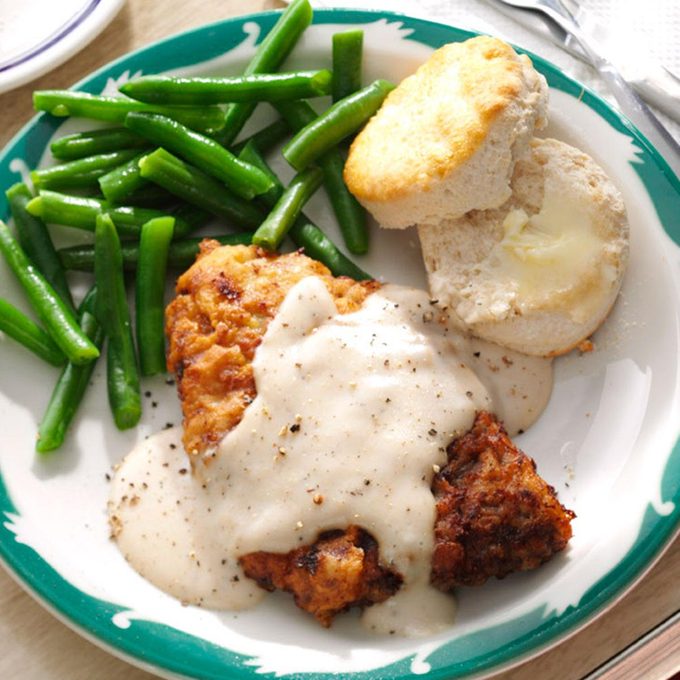
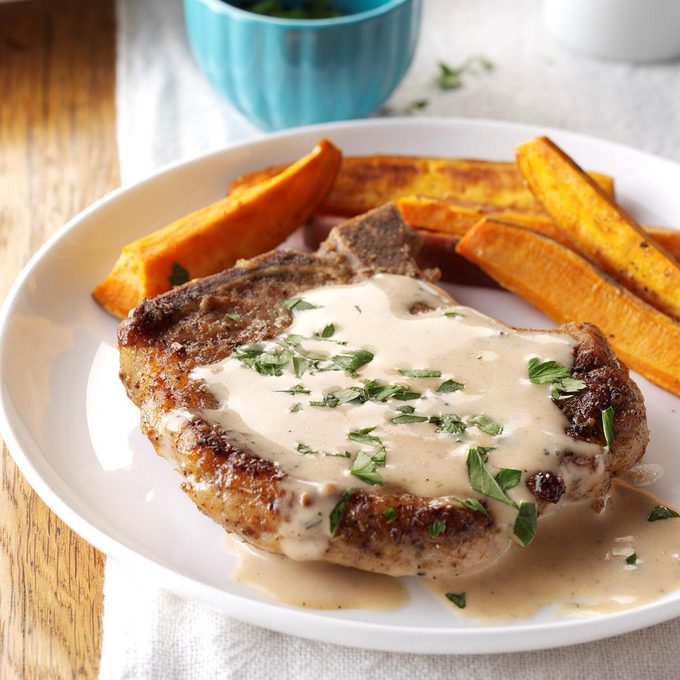


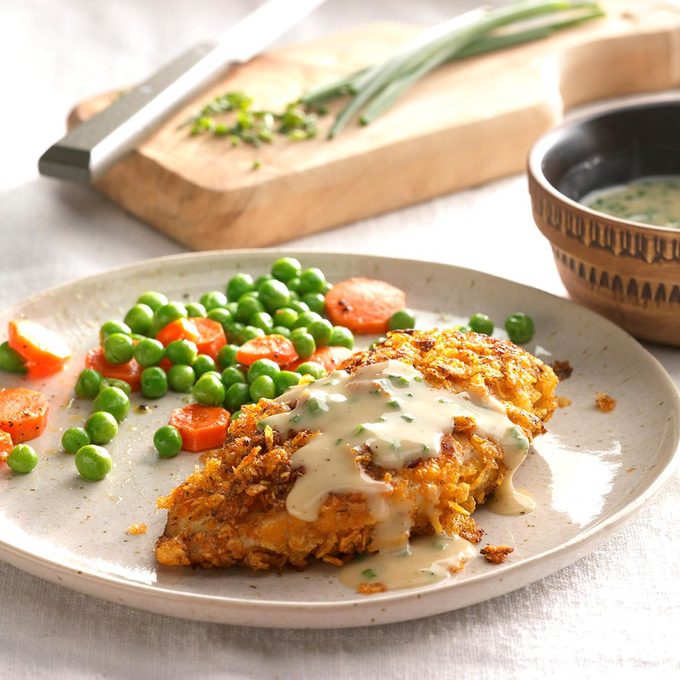
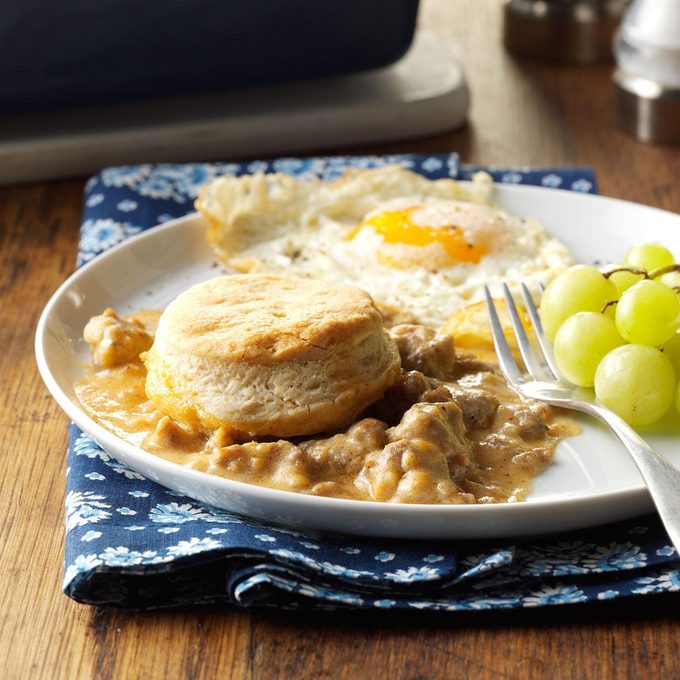

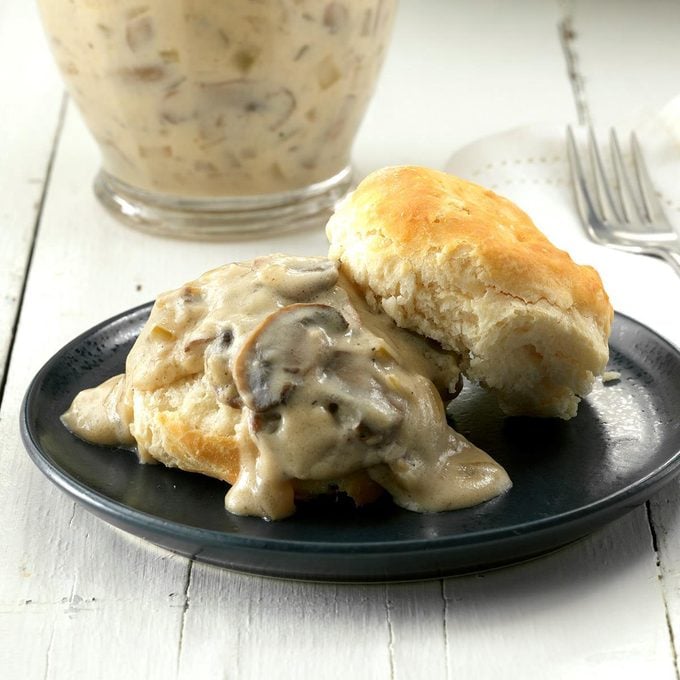
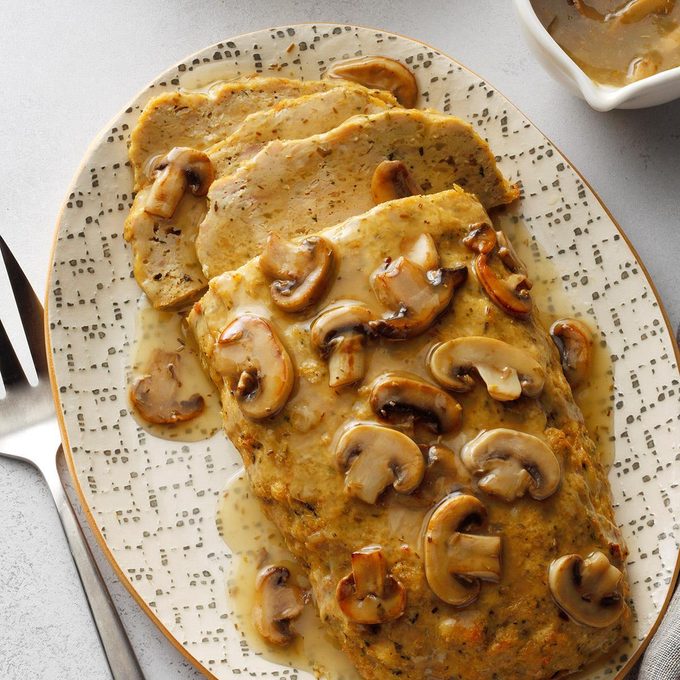
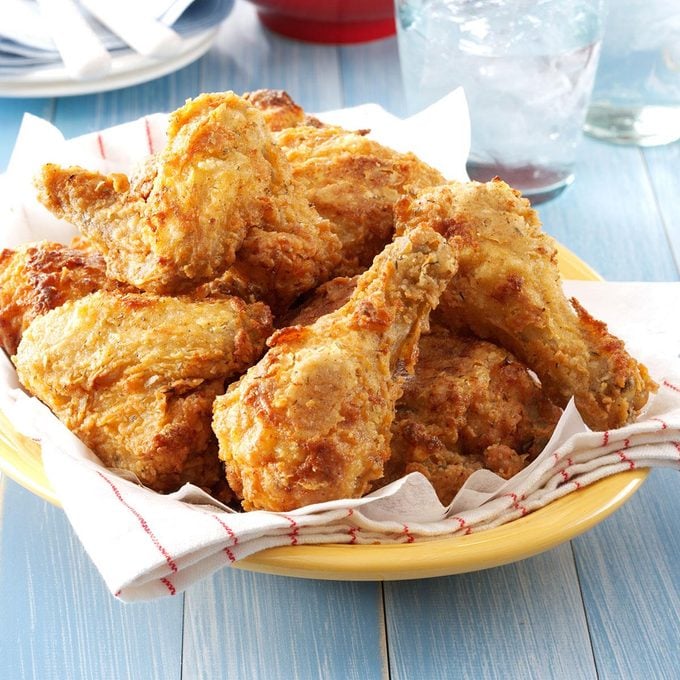

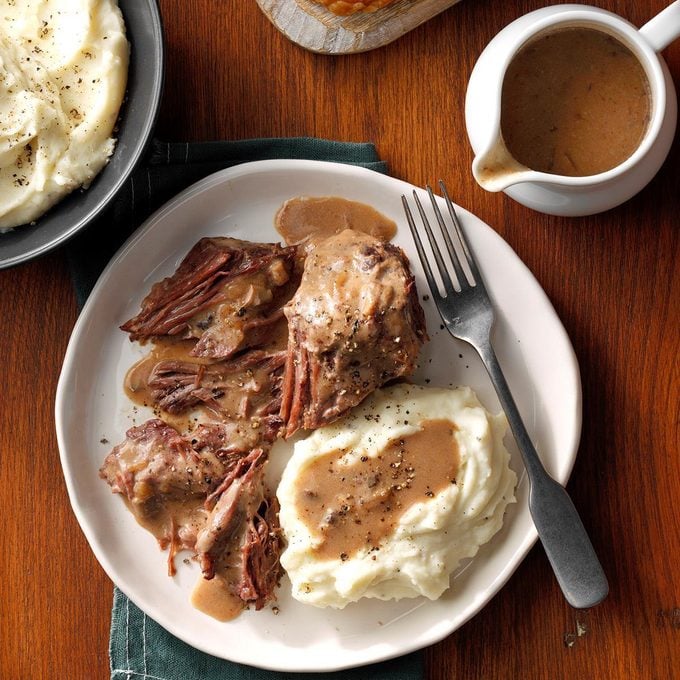
0 Response to "How to Make Beef Gravy From Pan Drippings"
Post a Comment